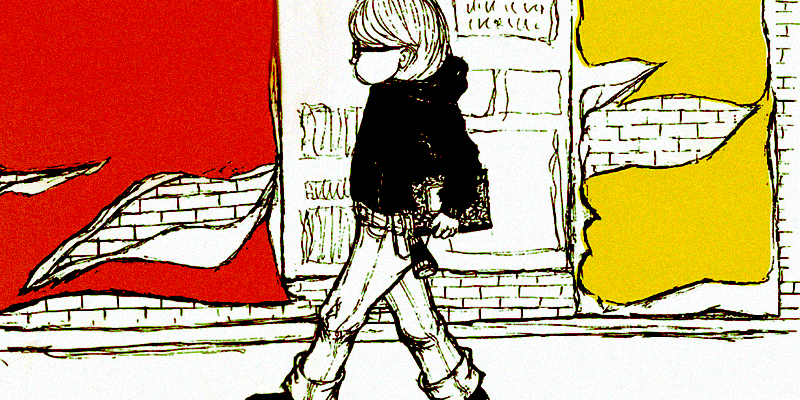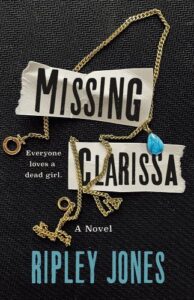When I was a child, I opened a detective agency with my best friend. We had an office (the space under my father’s desk), a filing cabinet (repurposed from the trash), a role model (Harriet the Spy), and a manual (The Hardy Boys Detective Handbook, which covered such useful topics as scene-of-crime forensics, pursuit of suspects, and forty-years-out-of-date drug slang). Though I didn’t grow up to be a private investigator, I did become a writer—and my own novel owes its origins to the fictional female detectives who came before mine.
Kinsey Millhone: The leading edge of a new wave of crime fiction when A is for Alibi was published in 1982, Sue Grafton’s pragmatic and determined private eye Kinsey Millhone almost singlehandedly revitalized the genre. A wisecracking lone wolf, Kinsey is meticulous, disinclined to the domestic, and delights in her solitude. (“I love being single,” she quips early on in the series. “It’s almost like being rich.”) Kinsey’s adventures span nearly the entire alphabet—Y is for Yesterday was published in 2017, the same year Grafton passed away—and her consistency is one of the delights of the novels: Kinsey remains committed to turtlenecks, three-mile daily jogs, men with good teeth, and her lone wrinkle-resistant “little black dress” throughout as she dodges shady hitmen and exposes a legion of bad deeds and nefarious crooks.
Harriet M. Welsch: You likely remember the precocious star of Harriet the Spy from your childhood, and she was certainly a significant influence on mine: Sturdy, resolute Harriet, with her tool belt and her spy routine and her notebook, essential staples of any detecting—or writing, for that matter—career. But returning to Harriet’s world as an adult reveals a witty, mordant New York satire that’s no less biting for starring an eleven-year-old.
Smilla Jaspersen: The cool, tough, and fearless protagonist of Peter Høeg’s Smilla’s Sense of Snow is the daughter of a Greenlandic Inuit mother and a Danish father, a world-renowned ice expert who prefers the company of snow to other people. But she launches herself into an investigation after the mysterious death of her neglected six-year-old neighbor, and the journey that follows is part Frankenstein, part The Snow Queen, and all its own.
Mickey Fitzpatrick: The heroine of Liz Moore’s stunning 2020 novel Long Bright River is a patrol officer in Philadelphia’s Kensington neighborhood who came to policing after surviving a shattering childhood. But as she investigates the disappearance of her sister, a heroin addict from whom Mickey is estranged, she begins to wonder if she might have chosen the wrong side. A police procedural in which police and their procedures are often the problem, a thoughtful examination of the opioid crisis, and a loving homage to classic noir, Moore’s novel and her reluctant-detective protagonist are genre standouts.
Hornclaw: The leading lady of Gu Byeong-mo’s The Old Woman with the Knife is a hit woman, not a detective; in her line of work, she doesn’t ask questions, and it’s not her job to find answers. Jaded and approaching retirement, she summons the resolve for one last job—but the consequences of her past are catching up to her. I’m a sucker for the hypercompetent solo artist with a secret soft heart, and Hornclaw is a delightful exemplar.
Claire DeWitt: Claire DeWitt is the best detective in the world, and she’s not going to let you forget it. For her, mystery is the Great Mystery, the infinite and tenuous web of coincidence, fate, love, and despair that tie human beings together across disparate lives and histories. Sara Gran’s heroine offers the occasional nod to her predecessors, Kinsey Millhone and Philip Marlowe among them, but she is a singular creation—equal parts compassion and ruin, haunted and hopeful, a woman who lives for the truths most people spend their own lives trying to avoid. Electric, wise, and funny, Claire is a heroine close to my heart.
***


















